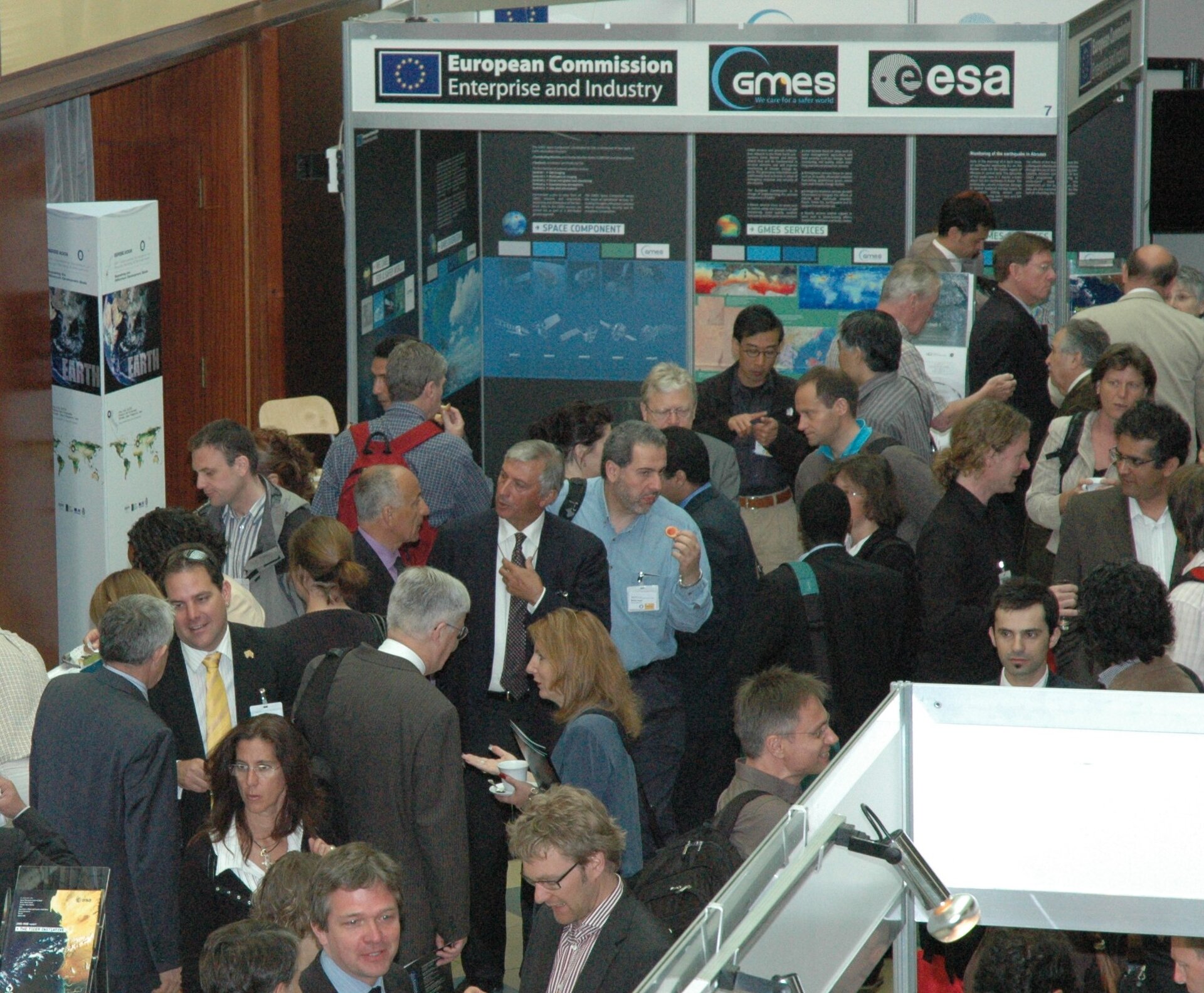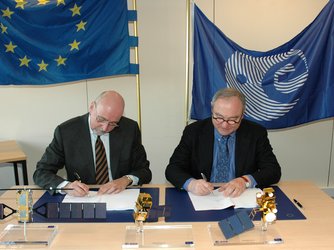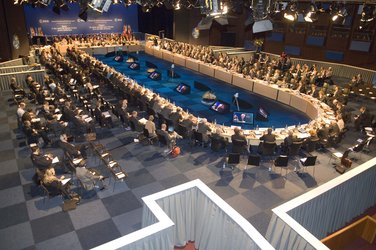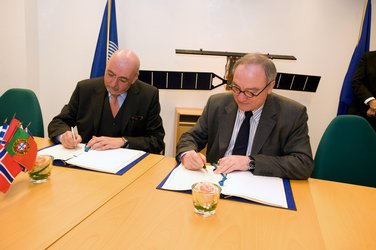ISRSE symposium limelight shines on GMES
As the implementation of GMES gathers pace, the initiative has been heralded as the 'cornerstone of global Earth observation' at the 33rd International Symposium on Remote Sensing of Environment (ISRSE), which is being held this week in Stresa on the shore of Lake Maggiore in northern Italy.
With four well-attended sessions dedicated to Global Monitoring for Environment and Security (GMES), the international Earth observation community were clearly impressed to hear how far things had progressed over the last few years and that the programme will soon become operational. The sessions covered a range of aspects relating to GMES; namely, an overview of the programmatic status of the space component, the GMES Sentinel missions and the services available through the initiative. In addition, a workshop, which focused specifically on services for land management, was held during the symposium.

Originally held back in the early 1960s, this renowned symposium dedicated to furthering the use of remote sensing for the protection of the environment attracts policy makers, data users, investors, scientists and those operating and developing the spaceborne and airborne instruments that gather data to learn more about Earth. Now, more than ever, global concern about the ability to manage the environment and ensure security underlines the need to come together and discuss the progress being made in the field of remote sensing.
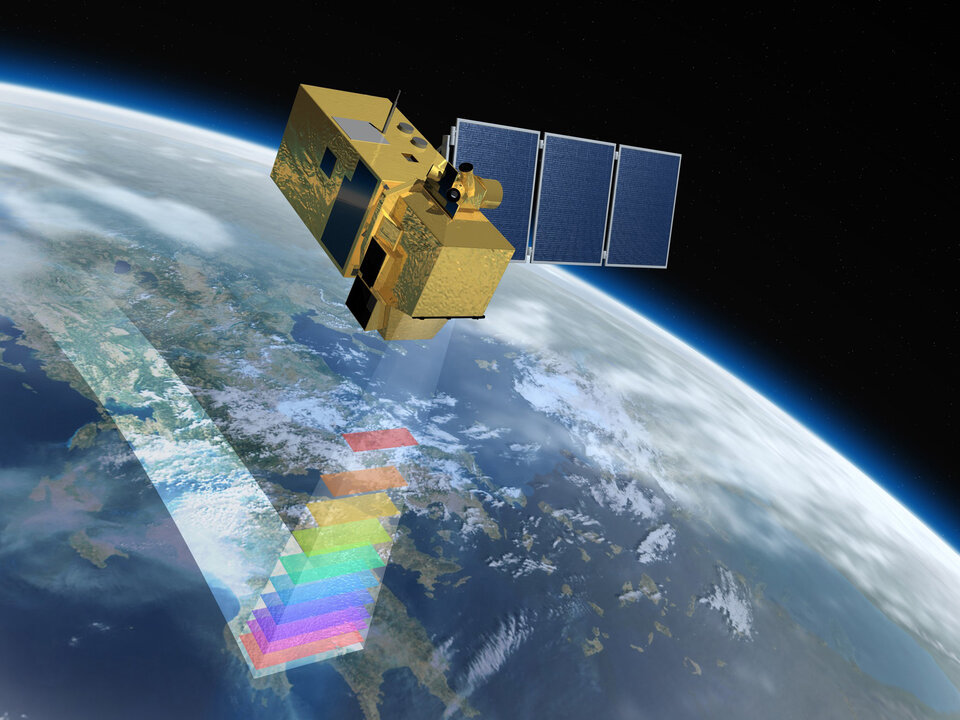
Based on data from satellites observing Earth, from aircraft and from measurements taken on the ground, GMES is Europe's new flagship for providing accurate and timely information for user services. These services aim to help protect the environment, effectively manage natural resources, mitigate the effects of climate change and ensure civil security. GMES is led by the European Commission and is ESA responsible for the initiative's space component. This includes the development of five families of satellites called Sentinels, the first of which is due for launch in 2012, and the coordination of data from a wide range of other satellite missions contributing to GMES.
Given the focus of the symposium, it is no surprise that the GMES sessions were well attended raising the profile of Europe's capacity in Earth observation and within the context of the Global Earth Observation System of Systems (GEOSS), which aims to provide a single access point for users seeking data for decision makers, planners and emergency managers. GEOSS is coordinated by a partnership of governments and international organisations called the Group on Earth Observations (GEO). Since GMES forms the European contribution to GEOSS, it further secures the sustainability of observing systems involved in this global approach to accessing data.
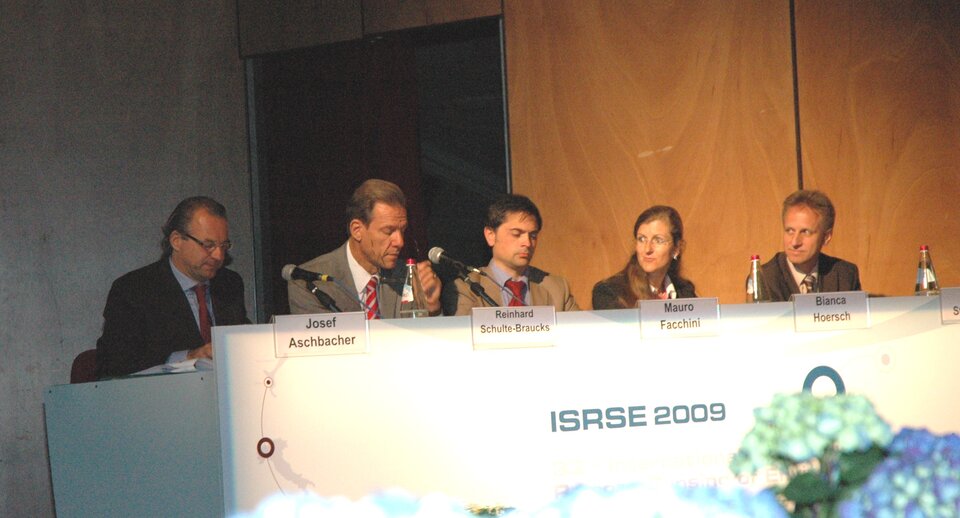
During the symposium, Chris Steenmans from the European Environment Agency stated that, "The broad participation of people from all European countries and scientific disciplines demonstrates that GMES is reaching the status of being the cornerstone of global Earth observation."
Fast becoming a reality, GMES has come a long way since its conception 10 years ago. Symposium participants learned more of ESA's success at obtaining significant funding from its Member States for the space component at the end of last year, which was further supplemented by a contribution from the European Commission. This means that the space component is secure with a budget of approximately €2.3 billion and that the development of the Sentinel satellites can continue in earnest. Forming the backbone of the space component, the first missions will be operational from 2012. The first three Sentinel missions are being developed as a constellation of two satellites, so that once the Sentinel-1, -2 and -3 constellations are in orbit Europe will be able to boast a unique Earth observation capacity.
The GMES services component, which is run by the European Commission, also reported progress with fast-track and down-stream services now starting based on data from missions contributing to the initiative and data taken in situ.
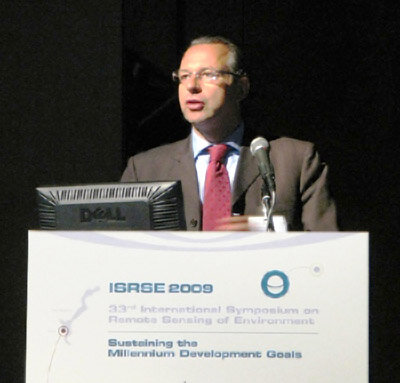
Josef Aschbacher, Head of ESA's GMES Space Office commented, "GMES is unique worldwide. Never before has such a comprehensive, operational Earth observation capacity been built that observes the complete Earth system; covering the land, ocean and atmosphere. GMES is progressing well today thanks to the excellent cooperation of the main partners involved. On the space side, the next challenges will be to ensure funding for the long-term operation and replacement of the Sentinels with recurrent units, organising access to data from other ESA and European Union Member State missions and to set up an appropriate overall governance scheme for GMES."


